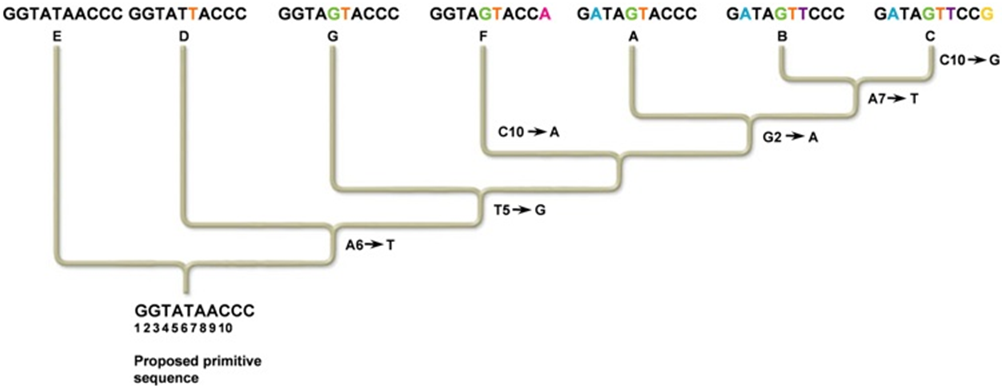The use of harmful microorganisms as weapons is called _________.
A. weaponized warfare
B. recycling
C. bioremediation
D. bioterrorism
D. bioterrorism
You might also like to view...
Which of the following situations would be MOST likely to produce a new species?
A. A new group of polyploid individuals arises by an abnormal mitosis and can only reproduce with each other. B. Several individuals join an existing population and introduce new alleles to the population. C. Several individuals colonize a new area but continue to migrate back to the original colony to reproduce with the ancestral population. D. An existing species becomes subdivided by the effects of a glacier and the resulting groups remain physically isolated from each other for thousands of years; when united they are still able to reproduce between groups. E. A volcano erupts and kills all of the frogs on an island. New frogs colonize the island and begin reproducing rapidly because there are no predators.
What nucleotide change is a shared derived character for species A, B, and C, but not for species G?
Note: A,T,G, and C refer to nucleotide bases, and the numbers refer to the position of the base in the nucleotide sequences. For example, A6 refers to an adenine at the sixth position.

A. Changing the second G to an A is common to species A, B, and C, but not to species G.
B. Changing the fifth T to a G is common to species A, B, and C, but not to species G.
C. Changing the second G to a T is common to species A, B, and C, but not to species G.
D. Changing the second G to an A and the fifth T to a G is common to species A, B, and C, but not to species G.
E. None of these show a change in derived characteristics for A, B, and C that are not found in G.
What type of evidence would include a personal opinion on the effectiveness of a dietary supplement in preventing colds?
What will be an ideal response?
In a mouse, the axis that determines the body pattern from the nose to the tip of the tail is
A. radial-medial. B. tip-tip. C. right-left. D. dorso-ventral. E. antero-posterior.